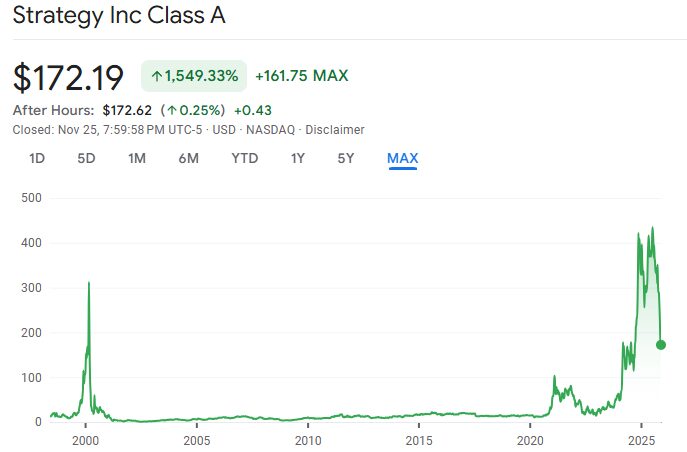Why ZEC Is Soaring as Institutional Attention Increases
- Zcash (ZEC) surged 461% in a month, driven by institutional demand for privacy-focused assets and post-2023 banking crisis shifts toward self-custody. - Cypherpunk Technologies' $18M ZEC purchase and Grayscale's Zcash Trust reopening highlight growing institutional validation of zk-SNARKs-based privacy. - Regulatory clarity (e.g., U.S. GENIUS Act) and ZEC's shielded pool (4.1M ZEC) underscore demand for censorship-resistant capital flows amid centralized risk exposure. - ZEC's $750 milestone and projecte
The Value of Privacy: What Sets ZEC Apart
Zcash’s standout feature—shielded transactions powered by zk-SNARKs—has always distinguished it from other cryptocurrencies. This advanced cryptography lets users confirm transactions without exposing the sender, recipient, or transaction amount, establishing a robust "censorship-resistant" framework
Major players such as
Institutional Interest: Moving Into the Mainstream

ZEC’s shielded pool, which now secures over 4.1 million ZEC in private transactions, exemplifies this transition. While these transactions are hidden from public analysis, the uptick in shielded usage
Regulatory Developments and Capital Flows
Changes in regulations throughout 2025 have further propelled ZEC’s rise. The introduction of spot
Institutional examples involving ZEC are telling. Grayscale’s decision to reopen Zcash Trust subscriptions and the
Market Trends: ZEC’s Distinct Path and Future Prospects
ZEC’s latest rally has diverged from Bitcoin’s price movements. While BTC hovered around $108,000 in October 2025,
Some analysts believe ZEC could eventually reach $10,000, though this
Conclusion: The Rise of Privacy in Crypto
ZEC’s impressive rally is a direct response to broader economic and technological changes. As organizations increasingly value privacy and direct control over assets, Zcash’s zk-SNARKs and shielded pools provide a model for secure, censorship-resistant financial transactions. While obstacles remain, the convergence of regulatory progress, institutional interest, and technical innovation positions ZEC as a noteworthy example of blockchain’s evolving landscape.
For those considering investment, the real question is not whether ZEC’s growth will last, but whether they are prepared to benefit from a market that is fundamentally transforming financial norms.
Disclaimer: The content of this article solely reflects the author's opinion and does not represent the platform in any capacity. This article is not intended to serve as a reference for making investment decisions.
You may also like
Bitcoin Updates: Bitcoin Approaches $90k Amidst Economic Challenges as Institutions Seek Protection and Projects Drive Innovation
- Bitcoin surged past $90,000 in Nov 2025 amid JPMorgan's Bitcoin-backed structured notes tied to BlackRock's ETF, signaling institutional adoption. - Bitcoin Munari's $0.10-$3.00 presale with 21M fixed supply and Solana deployment highlights innovation in digital asset scarcity models. - Analysts remain divided on Bitcoin's trajectory, with $80,000 support level critical for avoiding further declines toward $75,000. - JPMorgan's leveraged ETF-linked notes (up to 16% returns) demonstrate institutional risk
The ZK Protocol Boom: Unveiling the Driving Force Behind the Latest Surge
- ZK Protocol's 2025 market surge reflects $28B TVL and 43,000 TPS scalability, driven by zero-knowledge proofs (ZKPs) addressing blockchain's scalability-privacy tradeoff. - Institutional adoption by Goldman Sachs and Deutsche Bank highlights ZK's role in compliance frameworks, with StarkNet's 200% Q4 TVL growth and 70% gas fee reductions. - Regulatory alignment emerges as key strength, with ZK-based solutions enabling EU DSA compliance and CISA-mandated data integrity through cryptographic verification t

Is DAT Boom Collapsing? All Eyes on MSCI’s Deadline

Bitcoin Updates: Senate Decision on Crypto Approaches While ETFs Lose $3.5B and Market Liquidity Declines
- A $101M crypto futures liquidation in October triggered a 30% Bitcoin price drop, marking the largest single-day selloff since 2022 amid ETF outflows and macroeconomic uncertainty. - $3.5B in November ETF redemptions and $4.6B stablecoin outflows highlight liquidity tightening, while leveraged traders face heightened volatility risks as retail investors retreat. - The U.S. Senate's upcoming crypto market structure bill could redefine regulatory clarity, potentially attracting institutional investment if
